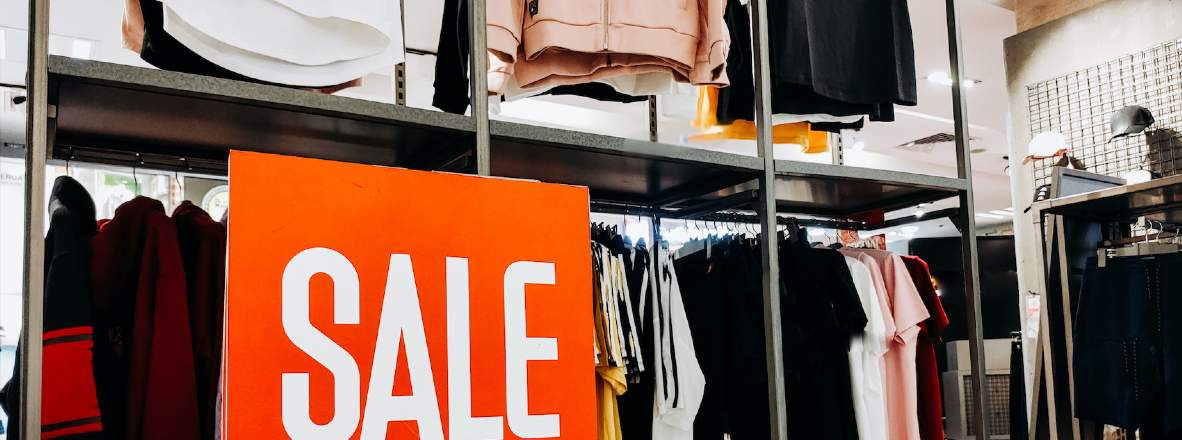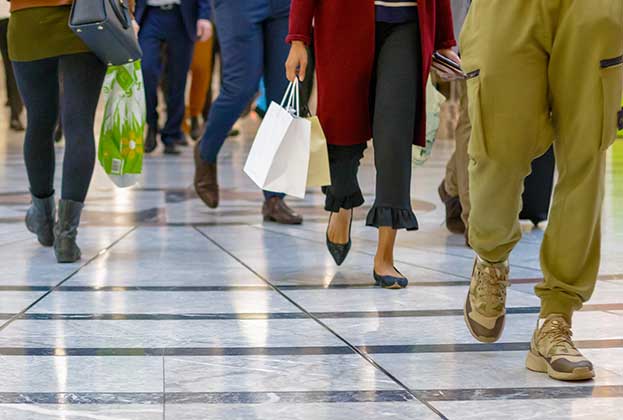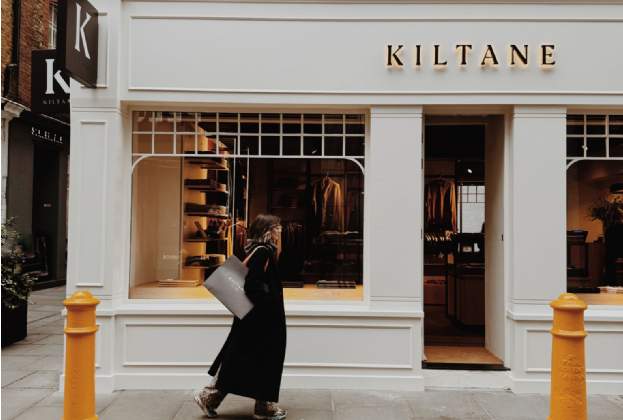It is well known that across the world, the sprawl of retail space has become too much for the sector to handle. The US has twice as much square footage in shopping centres per capita than the rest of the world and six times as much as European countries. Savills research shows that the UK is not faring much better with retail over spaced by as much as 40 per cent.
This over-spacing picture is one that has become widespread and, in most cases mirrors an exponential rise in internet retailing. In light of the fact that the last few months has seen virtually no in-person retail thanks to Covid-19, the issue of redundant retail space is accelerating at a dramatic rate, begging the question: what should we do with all this room?
Community comes first
There has undoubtedly been a shift towards more community and convenience-based retail which, alongside further increases in e-commerce and a higher proportion of discretionary spend on leisure experiences spells 'knock-on effect' to the way in which we use space.
As a result, there has been increased attention on how we can redress the balance around decline. Converting retail space into an engaging leisure offer is one option. Rebuilding it as office or residential space (or both) is another.
The most successful projects, however, are likely to be those that emphasise social value, taking a whole-place perspective that includes social spaces, ‘blended living’ and offer convenience for people keen to minimise travel.
Although this approach can be at odds with the notion of single property asset classes, the most exciting developments are appearing from those landlords who are willing to adapt their financial and asset models to mixed-use, while embracing long-term sustainable development, which can reap financial rewards too.
Investor interest
There has been much investor interest in repurposing projects, especially in the UK where prime shopping centre yields have risen by 125 basis points in the last two years with average net effective rents falling by 27 per cent, a trend which is only expected to increase as we learn from other countries the benefits of mixed-use regeneration.
In Australia, for example, mall owners including Vicinity and Scentre are converting shopping centres to incorporate offices, hotels, apartments, transport hubs and even childcare to create an 'all of life' destination.
Scentre Group is investing AU$500 million in the redevelopment of Melbourne’s Westfield Doncaster, incorporating additional retail, office space plus a health and wellness offering. In the US, more than 200 malls across the country are being retrofitted or redeveloped, including into hospital or university campuses, one such example being Cinderella Mall in Denver which now comprises a city hall, retail space and medical centres.
Will this trend continue? With a heavy oversupply of retail space globally and a huge increase in online spending, injecting life into underutilised retail space is set to continue for the near future. Just what the new space looks like will be up to the imagination of the investor or developer.
Further information
Read more: Savills Impacts: The Future of Global Real Estate

.jpg)







.jpg)
